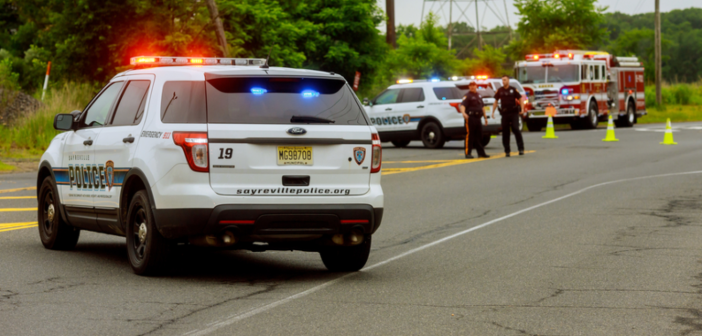The US federal government has recently published its National Roadway Safety Strategy (NRSS), which focuses on achieving zero fatalities on its road network.
The US Department of Transport (USDoT) said its Vision Zero takes a five-pronged model to address safety: “Safer people, safer roads, safer vehicles, safer speeds and post-crash care”.
It recognised that reducing traffic fatalities will take sustained and concerted action from everyone across all sectors and all levels of government.
The blueprint for addressing the “national crisis in roadway fatalities and serious injuries”, follows a rise in road deaths last year.
Transportation secretary, Pete Buttigieg, said: “We cannot tolerate the continuing crisis of roadway deaths in America. These deaths are preventable.”
The new strategy includes new funding from President Biden’s Bipartisan Infrastructure Law. This includes a new US$6bn Safe Streets and Roads for All programme, hundreds of millions for behavioural research and interventions, and US$4bn in additional funding for the highway safety improvement programme.
“We will work with every level of government and industry to deliver results, because every driver, passenger, and pedestrian should be certain that they’re going to arrive at their destination safely, every time,” added Buttigieg.
USDoT reported that nearly 95% of US transportation deaths occur on its streets, roads, and highways: “While the number of annual roadway fatalities declined for many years, progress plateaued over the last decade and now alarmingly fatalities have risen during the pandemic.”
It said the NRSS provides concrete steps that the department will take to address this crisis systemically and prevent these avoidable deaths and serious injuries.
The Safe System Approach is designed to acknowledge both human mistakes and human vulnerability, and design a system to protect everyone by preventing crashes. The approach looks to ensure that if they do occur they do not result in serious injury or death.
USDoT looks to leverage technology to improve the safety of motor vehicles on roadways, including rule-making on automatic emergency braking and pedestrian automatic emergency braking, and updates to the new car assessment programme.
“Fatalities due to traffic crashes disproportionately affect communities of colour, people living in rural areas, people with disabilities, and older adults,” USDoT said. “Traffic deaths among people who walk or bike are increasing more sharply than for people who drive.”





